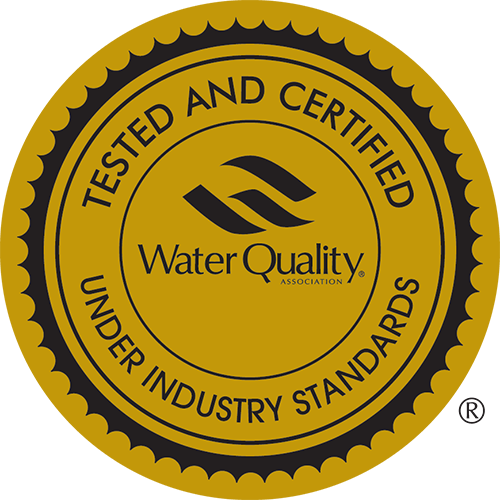
Menu
Our bodies are up to 75% water, and staying well-hydrated is critical to our optimum health and survival. However most of us don’t drink enough water throughout the day. There are numerous recommendations on how much water we should drink, but we each have unique hydration needs.
Bottled water is bad for the environment
According to the National Geographic, “Bottled water is a drain on the environment: The U.S. public goes through about 50 billion water bottles a year, and most of those plastic containers are not recycled.
1500 plastic bottles are consumed every second. Enough plastic is thrown away each year to circle the earth four times. And, it will take 1000 years for the plastic to degrade.
The plastic in bottled water often contains chemicals BPA and phthalates, which are proven that will slowly and steadily deteriorate our health.
Dioxin Production that can accelerate breast cancer ; BPA generations that leads to diabetes, obesity and fertility problem ; Phthalates in plastic that leads to liver cancer and reduced sperm count.
Not proven to be any safer than tap water
Considering the potential dangers of tap water, some people have turned to bottled water. But is this really the best option for drinking water?
The answer is no. According to the Centers for Disease Control and Prevention (CDC), there’s no hard evidence that bottled water is safer than tap water as bottled water still has the potential to become contaminated during sourcing and throughout the bottling process. Historically, bottled waters have even been recalled for contamination with particulate matter, mold and bacteria
It doesn’t necessarily taste better
The taste of bottled water varies greatly depending on the water source and packaging. Before it reaches your house, water is stored in a treatment facility. Among the compounds that can migrate to the bottled water, it has been found that acetaldehyde can change the organoleptic characteristics of water.
Though bottled water can be convenience but plastic bottles have been shown to release toxins as they degrade.
Tap water is safe and clean to drink only when it comes straight out of the water treatment plant. But a lot can happen to it on its way from the purification plant with long distances in pipes to reach homes. Along the miles and miles of pipes, it is hard to keep track of where there might be a problem.
Pipes are underground, and regular maintenance is difficult. Common chemical contaminants that could make their way into tap water include pesticides, industrial runoff, and toxic metals.
Contaminants that harmful to our body
Water tested in different parts was found to have different contaminants that can be dangerous to health when consumed.
Contaminants in our water can lead to health issues, including gastrointestinal illness, reproductive problems, and neurological disorders. Infants, young children, pregnant women, the elderly, and people with weakened immune systems may be at increased risk for becoming sick after drinking contaminated water
Heavy metals can get into the water from the pipe itself or the ground through cracks in the pipe. While newer pipes are made of PVC, the old pipes were made of iron, which, after a while, can leach into the water making it unsafe for drinking.
Tap water is disinfected with chlorine to make it clean and safe to drink, so the smell is likely left from the treatment process. Tap water with traces of algae which often happens in the middle of the summer or early fall as lake water sources are contaminated.
The other most common issues with the taste of tap water though are high chlorine levels mixed with mineral rich water or high iron content in the water
Think about what you drink!
We’re not trying to say that our Enagic® machine will solve all of the world’s water problems. However, we do advise that you have your own water analyzed to get a better idea. At that point, you can be proactive about filtering your source water, then ionizing it to achieve the healthiest water on the planet!
Professionally treated water
all over the world
0
Doctors Tested and Approved
0
+
Years of Industry Experiences
0
Countries Worldwide
0
+
Product Lifespan
Certification

Gold Seal Listing is dedicated to providing public health and safety services throughout the USA and globally, while maintaining expert service, superior reputation, and fair pricing. Our product is constructed from safe materials, the claims listed on the packaging are backed by test data, and our product will hold up under normal usage conditions.
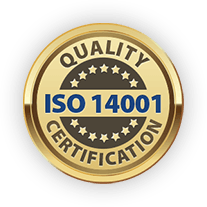
ISO 14001 is the world’s most recognized environmental standard. Our certification to this standard ensures that we’ve mapped out a framework for environmental management with the best practices to help minimize our environmental footprint.
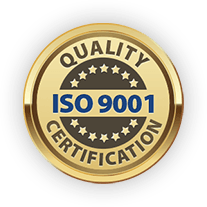
Our quality management system has been audited and reviewed by an official registrar to ensure that our systems are focused on meeting customer’s expectations through certified procedures and a continual improvement process.
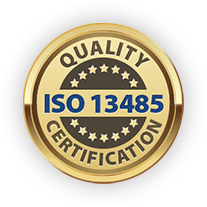
ISO 13485 signifies that our quality management system demonstrates its ability to provide medical devices and related services that consistently meet consumer and regulatory requirements applicable to medical devices and related services.
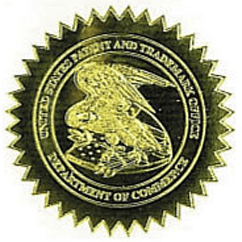
Issued by United States Patent and Trademark Office.
Registration Number: 4,063,154

Change Your Water – Change Your Life Issued by United States Patent and Trademark Office.
Registration Number: 3,852,774

Issued by Ministry of Health, Labour and Welfare, Government of Japan.
License Number: 27B2X00070
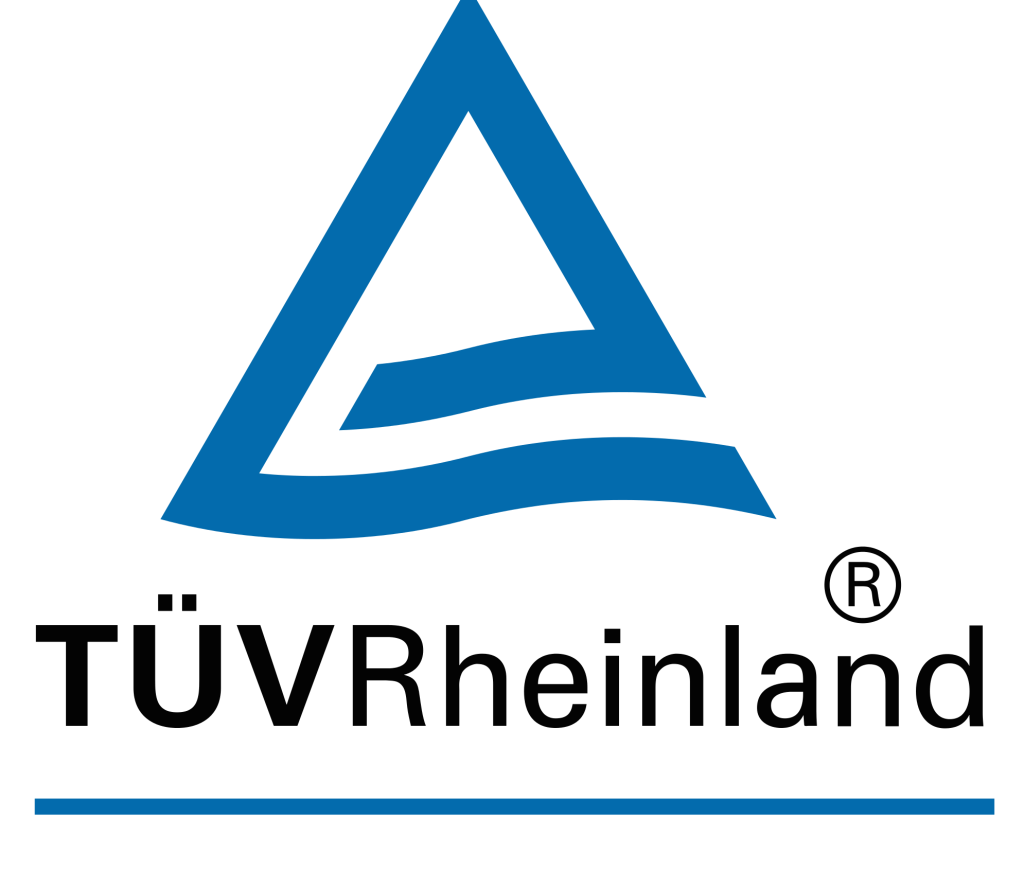
Technical Inspection Association are internationally active, independent service companies from Germany and Austria that test, inspect and certify technical systems, facilities and objects of all kinds in order to minimize hazards and prevent damages.

MEDICAL DEVICE MANUFACTURING LICENSE
Issued by Osaka Prefecture. License Number: 27BZ006010

Certificate of FDA Food Facility.
Registration Number: 15226513166

Exclusive trademark for commission and reward system status
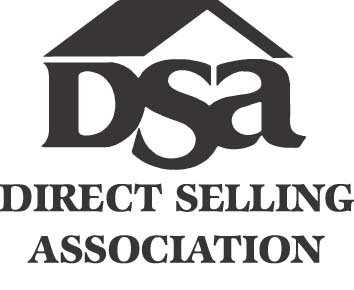
National trade association for companies that offer entrepreneurial opportunities to independent sellers to market and sell products and services, typically outside of a fixed retail establishment with only 200 (approximately) companies are members of this highly-prestigious association.